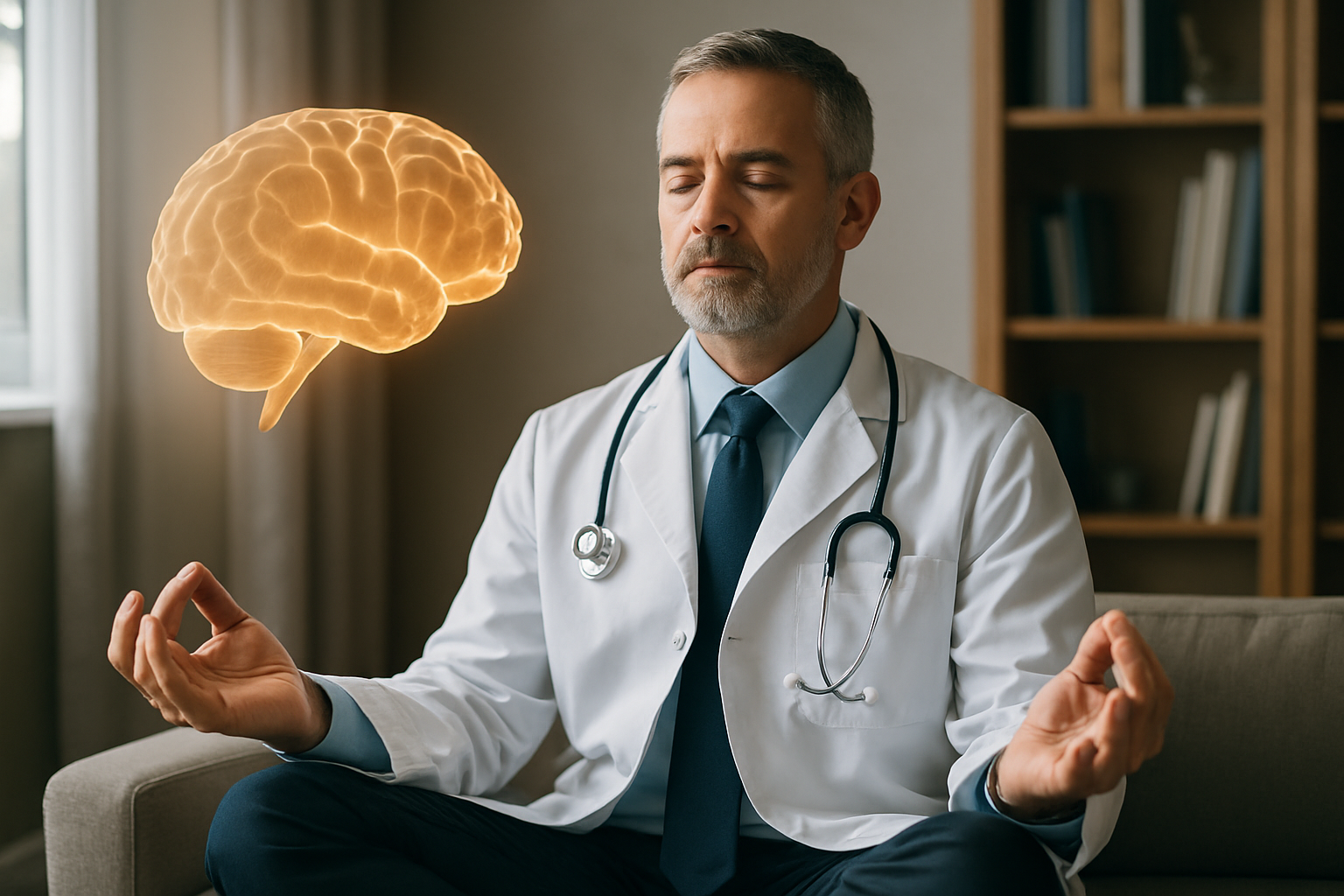Neuroaesthetics: The Science of Beauty and the Brain
Imagine gazing at a breathtaking work of art or listening to a soul-stirring melody. Have you ever wondered what's happening in your brain during these moments of aesthetic pleasure? Enter the fascinating world of neuroaesthetics, where science meets art to unravel the mysteries of beauty perception and its impact on our well-being.

As technology advanced, researchers gained unprecedented access to the inner workings of the brain. Functional magnetic resonance imaging (fMRI) and other neuroimaging techniques allowed scientists to observe neural activity in real-time as individuals engaged with aesthetic stimuli. This technological leap forward opened new avenues for understanding the biological underpinnings of our aesthetic preferences and experiences.
The Neural Mechanisms of Beauty Perception
At the heart of neuroaesthetics lies the question: How does our brain process beauty? Studies have revealed that aesthetic experiences activate multiple brain regions, including the visual cortex, reward centers, and areas associated with emotion and memory. The orbitofrontal cortex, in particular, plays a crucial role in integrating sensory information and assigning value to aesthetic experiences.
Interestingly, researchers have found that the brain’s response to beauty is not uniform across all individuals. Factors such as cultural background, personal experiences, and even genetic predispositions can influence how we perceive and appreciate aesthetic stimuli. This variability highlights the complex interplay between nature and nurture in shaping our aesthetic preferences.
The Health Benefits of Aesthetic Experiences
Beyond the realm of pure enjoyment, aesthetic experiences have been shown to have tangible health benefits. Engaging with art, music, or natural beauty can trigger the release of neurotransmitters like dopamine and serotonin, associated with pleasure and well-being. This neurochemical response can lead to reduced stress levels, improved mood, and even enhanced cognitive function.
Studies have demonstrated that exposure to aesthetic experiences can lower cortisol levels, the body’s primary stress hormone. This reduction in stress can have far-reaching effects on overall health, potentially lowering the risk of stress-related conditions such as cardiovascular disease and immune system dysfunction.
Moreover, aesthetic engagement has been linked to improved mental health outcomes. Art therapy, for instance, has shown promise in treating conditions like depression, anxiety, and post-traumatic stress disorder. By tapping into the brain’s reward and emotion-processing centers, aesthetic experiences can provide a powerful tool for promoting mental well-being.
Practical Applications of Neuroaesthetics
The insights gained from neuroaesthetics research have far-reaching implications across various fields. In healthcare, hospitals and clinics are increasingly incorporating art and design elements to create more aesthetically pleasing environments. This approach, known as evidence-based design, aims to improve patient outcomes and staff well-being through thoughtful aesthetic considerations.
In education, understanding the neural basis of aesthetic experiences can inform teaching methods and curriculum design. By incorporating aesthetic elements into learning environments, educators can potentially enhance student engagement, creativity, and cognitive development.
The field of neuromarketing has also benefited from neuroaesthetics research. Companies are leveraging insights into visual perception and aesthetic preferences to create more appealing products and marketing materials. This application of neuroaesthetics principles extends to areas such as user interface design, where understanding the brain’s response to visual stimuli can lead to more intuitive and enjoyable digital experiences.
The Future of Neuroaesthetics
As neuroaesthetics continues to evolve, researchers are exploring new frontiers in understanding the brain’s relationship with beauty. Emerging areas of study include the role of aesthetic experiences in neuroplasticity, the potential for using art and beauty as therapeutic interventions, and the development of brain-computer interfaces that can translate aesthetic experiences into digital outputs.
One particularly exciting avenue of research is the exploration of how aesthetic experiences might be used to promote healthy aging. Studies suggest that engaging in creative and aesthetic activities throughout life may help maintain cognitive function and emotional well-being in older adults. This line of inquiry could lead to innovative approaches for addressing age-related cognitive decline and enhancing quality of life in the elderly population.
Enhancing Your Aesthetic Well-being
-
Incorporate daily beauty rituals: Take time each day to appreciate something beautiful, whether it’s admiring nature, listening to music, or viewing art.
-
Create an aesthetically pleasing environment: Surround yourself with colors, textures, and objects that bring you joy and tranquility.
-
Engage in creative activities: Participate in artistic pursuits like painting, photography, or music to stimulate your aesthetic senses.
-
Practice mindful observation: When encountering beauty, pause to fully engage your senses and observe your emotional and physical responses.
-
Explore diverse aesthetic experiences: Expose yourself to various art forms and cultural expressions to broaden your aesthetic palette.
As we continue to unravel the mysteries of how our brains perceive and respond to beauty, the field of neuroaesthetics offers exciting possibilities for enhancing our well-being. By understanding the profound impact of aesthetic experiences on our neural pathways, we can harness the power of beauty to promote physical and mental health. Embracing the science of neuroaesthetics empowers us to cultivate a more aesthetically rich and fulfilling life, ultimately contributing to our overall wellness and happiness.





